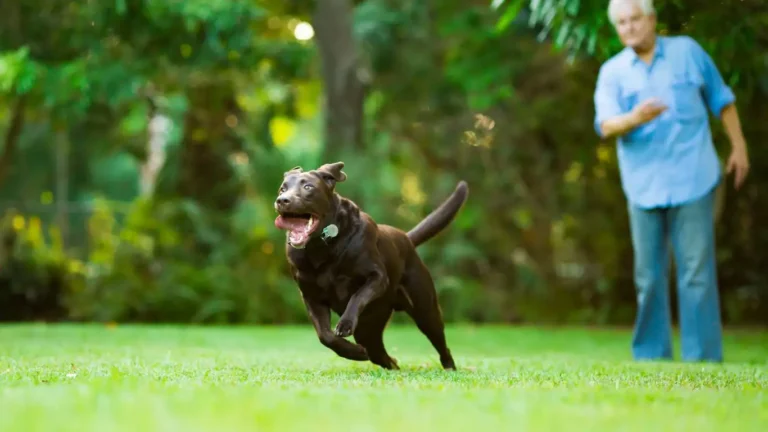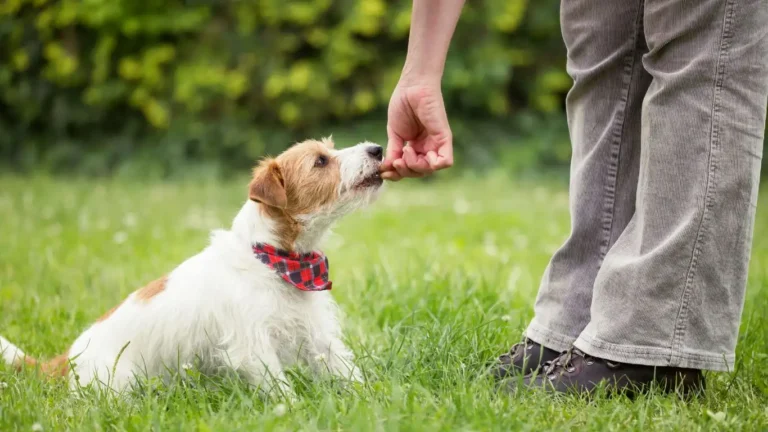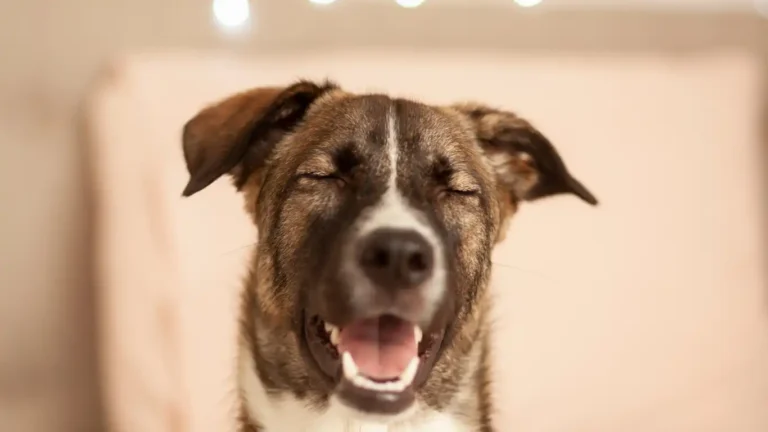Easy and Effective Ways to Train a Dog to Not Bark at the TV
Ever find yourself relaxing in front of the TV only for your dog to suddenly start barking at the screen? If you’ve been wondering how to train a dog to not bark at the TV, you’re definitely not alone. As a Canine-Assisted Therapy Trainer, I’ve seen this behavior pop up time and again, and it’s surprisingly common. Dogs can get confused or excited by the sights and sounds coming from the television, leading to an endless barking fest that’s frustrating for everyone. But don’t worry — with some patience and the right approach, you can help your furry friend chill out during your favorite shows.
Before diving into training tips, it’s important to understand why dogs bark at the TV in the first place. It’s not just random noise to them; they’re responding to stimuli in their environment, just like they would outside on a walk. From my experience working with therapy dogs and their handlers, recognizing the “why” behind the behavior is key to teaching a new, calmer response.
Why Do Dogs Bark at the TV?
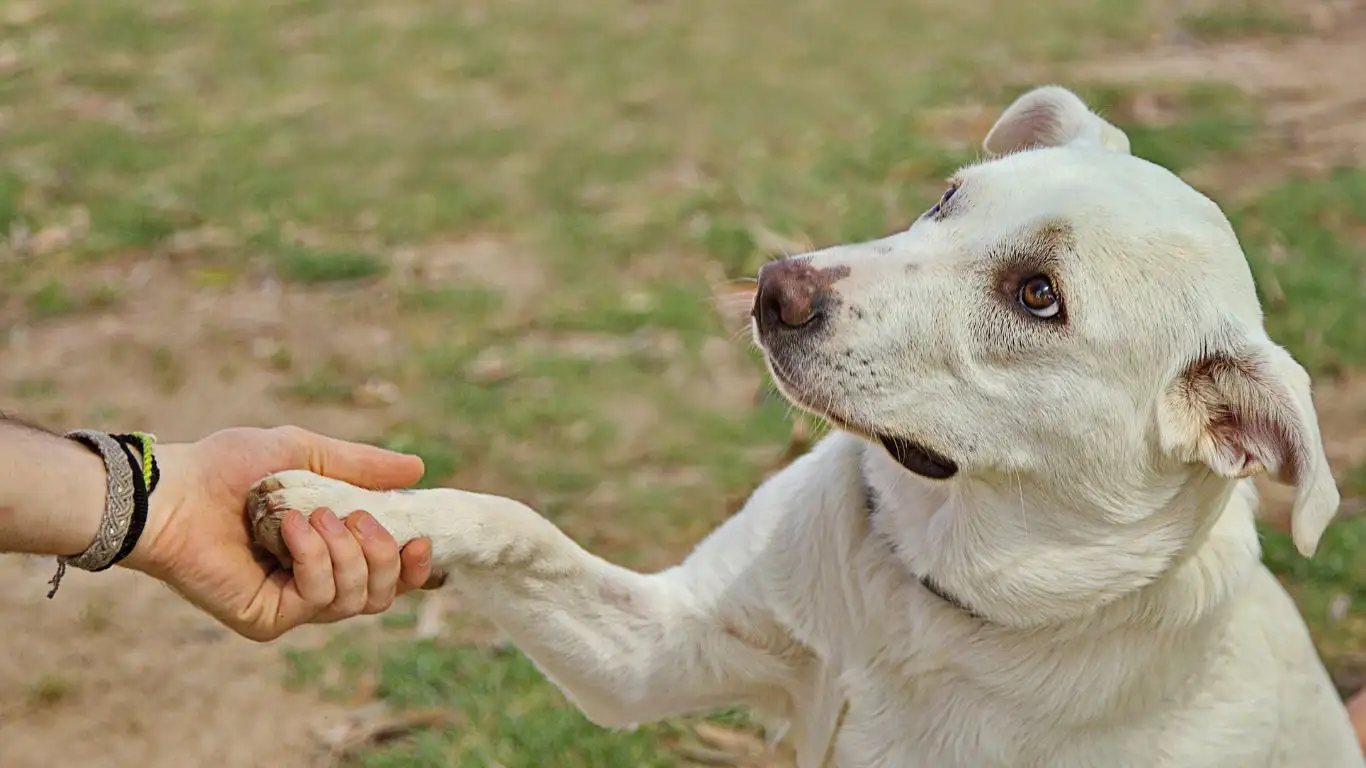
When I first started noticing dogs barking at the TV during therapy sessions, I realized that this reaction often stems from their instinctual need to alert or protect. Dogs are wired to respond to movement, unusual sounds, or unfamiliar images—things the TV happens to be full of. Here’s what usually triggers that barking:
- Movement and Sounds: Dogs may see animals, people, or quick movements on screen and think there’s something they need to investigate or warn you about.
- Territorial Behavior: Some dogs perceive the TV images as intruders in their space, prompting a bark to “defend” their territory.
- Excitement or Playfulness: For some pups, barking is just an expression of excitement triggered by the visuals or sounds.
- Confusion or Frustration: The unfamiliar nature of a TV might confuse some dogs, leading to vocal reactions.
From my years of training, I’ve noticed that every dog’s “why” can be a little different, so it’s important to watch your dog closely and figure out what exactly is setting off their barking.
How to Train a Dog to Not Bark at the TV: Foundational Tips
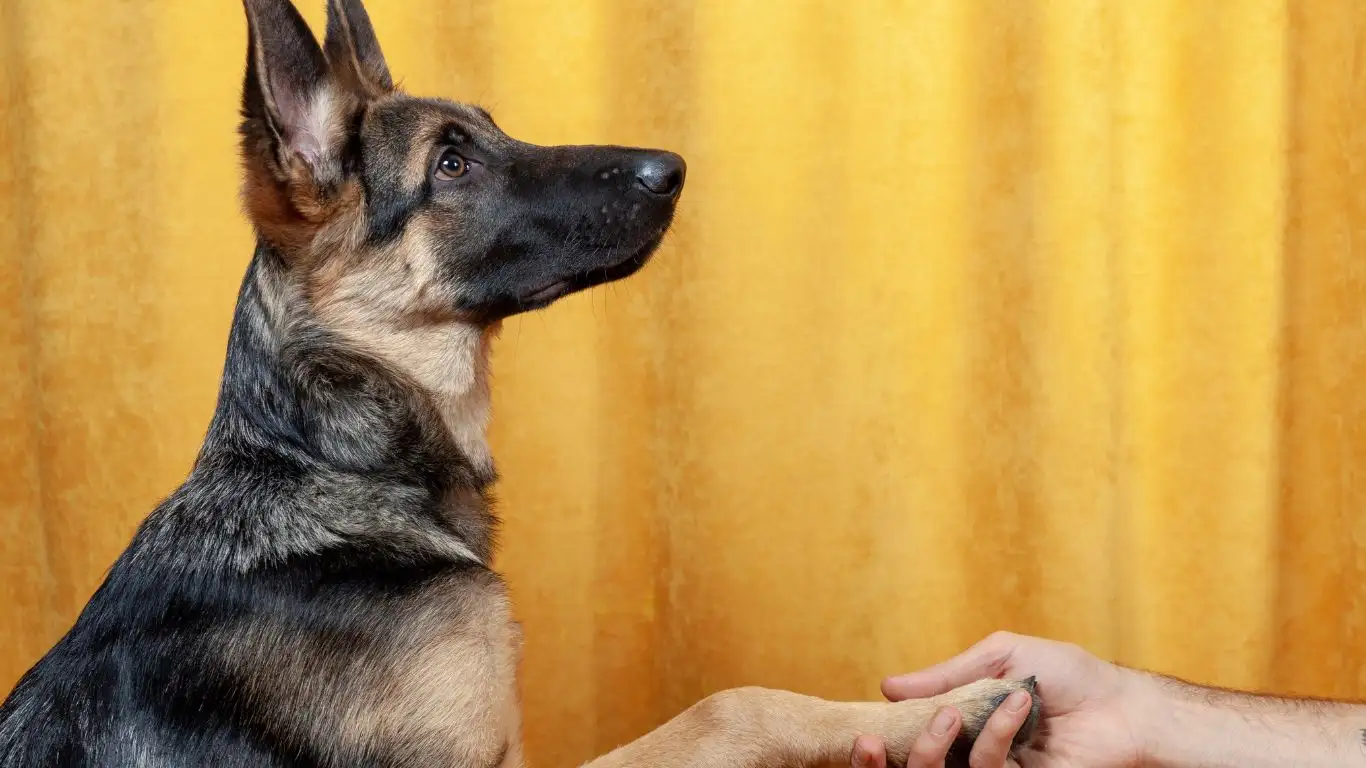
Okay, now let’s get into the good stuff. Here’s where my hands-on experience really comes in handy. These foundational steps will help you build a calmer atmosphere around the TV and reduce barking over time.
1. Create a Calm Environment
Dogs are incredibly sensitive to energy, so starting from a calm environment is crucial. Before turning on the TV, make sure your dog is relaxed. This could mean a good walk or play session beforehand to burn off some energy. I always recommend setting up a cozy spot for your dog with their favorite blanket or bed near the TV area. This helps them feel secure and less likely to react out of nervousness or boredom.
2. Use Positive Reinforcement
This is a game changer. Whenever your dog stays quiet during a noisy or active TV scene, reward them immediately. From treats to gentle petting or verbal praise, positive reinforcement teaches your dog that being calm brings good things. In my sessions, I often carry small, high-value treats to catch those quiet moments — trust me, it works wonders.
3. Gradual Exposure to the TV
Don’t expect your dog to suddenly stop barking at a loud action movie on full volume. Start by playing the TV at a low volume with calm content like nature documentaries or shows with little movement. Observe how your dog reacts and slowly increase the volume or switch to more stimulating content over several sessions. This gradual exposure helps desensitize their reaction without overwhelming them.
4. Teach a Reliable “Quiet” Command
From my training toolbox, a “quiet” or “enough” command can be invaluable. Start in a distraction-free environment by encouraging your dog to bark on cue (yes, it sounds strange but it works). When they bark, calmly say “quiet” and wait for them to stop barking, then reward immediately. Repeat this exercise regularly. Once your dog understands the command, you can use it when the barking at the TV starts up.
Practical Training Techniques to Stop TV Barking

Building on the basics, let’s jump into some hands-on strategies that really work when teaching your dog how to train a dog to not bark at the TV. From my years of working closely with therapy dogs, the key is consistency combined with understanding your dog’s personality. No two pups are exactly alike, so be ready to tweak these methods to fit your dog’s style.
1. Redirect Attention
When your dog starts barking at the TV, one of the most effective tricks I’ve used is simple redirection. Instead of immediately punishing or scolding, try to divert their focus onto something else. For example, toss a favorite toy or offer a treat in exchange for their attention. I often say a cheerful cue like “look here” or “watch me” to bring their gaze back to me. This not only interrupts the barking cycle but also teaches them that paying attention to you is more rewarding than reacting to the TV.
2. Manage the Environment
Sometimes, the easiest way to curb barking is to change the setting. I’ve seen clients reduce barking dramatically just by rearranging the living room or the TV setup. Position the TV in a way that your dog can’t see it directly, or provide a comfy barrier like a dog crate or playpen nearby. Another trick I love is using white noise machines or calming music, which can help drown out those trigger sounds that get dogs worked up.
3. Use Interactive Toys and Chews
Keeping your dog mentally and physically engaged while the TV is on can make a huge difference. From my experience, puzzle toys or long-lasting chews are fantastic distractions. When your dog’s brain is busy figuring out a toy or happily chewing, they’re far less likely to fixate on the TV. This also prevents boredom, which often fuels barking.
4. Establish a Consistent Routine
Dogs thrive on routine—especially when it comes to behavior management. Try to watch TV at roughly the same times every day so your dog can anticipate when it’s happening and mentally prepare. You might even build in a training session or calming ritual before TV time, like a quick obedience drill or a short massage. I’ve personally noticed therapy dogs respond well to this predictability, which lowers their stress and need to react.
Addressing Underlying Anxiety or Stress

Sometimes, barking at the TV is less about the screen itself and more about anxiety or stress your dog is feeling. I always emphasize this during my sessions because treating the symptom without addressing the root cause won’t get lasting results.
Recognize Stress Signals
Before your dog even barks at the TV, they might show subtle signs of anxiety such as pacing, whining, or excessive licking. In my experience, recognizing these early helps prevent a barking outburst. If you notice these signs, try calming techniques like deep pressure wraps, pheromone diffusers, or simply spending a few minutes offering gentle reassurance.
Behavioral Modification Through Desensitization
Desensitization is a slow and steady approach that can be a game-changer for anxious dogs. Start by exposing your dog to very low-volume TV sounds, perhaps even recordings of the specific noises that trigger barking. Pair this with plenty of rewards for calm behavior. Over days and weeks, gradually increase the volume and complexity. This step-by-step approach helped many therapy dogs I’ve worked with develop a more relaxed attitude toward the TV.
When to Seek Professional Help
There are times when barking at the TV is part of a larger behavioral or emotional issue. If you’ve tried training and environmental management but still struggle, don’t hesitate to consult a certified dog trainer or a veterinary behaviorist. In therapy work, we always recommend professional guidance for persistent or severe anxiety because an expert can tailor a plan specifically for your dog’s needs. Trust me, it’s worth it.
Training Tools and Tech That Can Help

Technology and modern training tools can be useful additions to your plan, especially when combined with positive reinforcement and consistency. Here are some that I’ve found helpful:
- Clicker Training: This classic tool makes it easier to mark the exact moment your dog is calm and quiet, speeding up the learning process.
- Remote Treat Dispensers: Devices that let you reward your dog remotely during TV time are great for reinforcing calm behavior even when you’re busy.
- Training Collars (Non-Aversive): If used correctly under professional guidance, vibration or sound collars can help interrupt barking without causing distress.
From my perspective as a trainer, these tools work best as part of a broader strategy — not as quick fixes. Always pair technology with lots of love, patience, and understanding.
Maintaining Long-Term Success: Tips from a Canine-Assisted Therapy Trainer
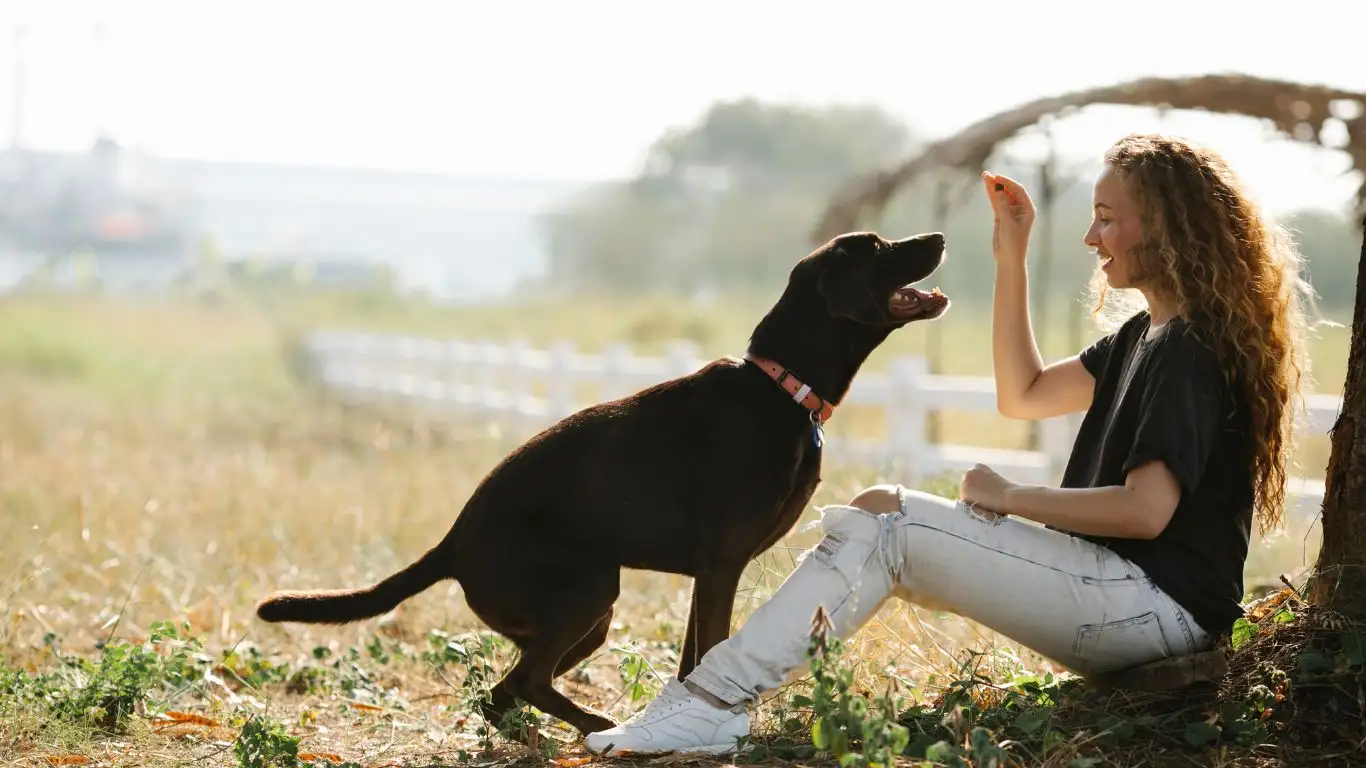
After working with countless dogs over the years, I’ve learned that the real challenge isn’t just teaching how to train a dog to not bark at the TV but keeping that behavior consistent for the long haul. Dogs, like people, have good days and bad days. The key is patience and making training part of your lifestyle—not just a one-off fix.
Keep Reinforcement Positive and Ongoing
One big mistake I see pet parents make is stopping rewards once their dog seems “trained.” But trust me, those little treats, praises, or affection sessions help keep the calm behavior fresh in your dog’s mind. Even after your dog is quiet around the TV most of the time, keep sprinkling rewards here and there to reinforce that good habit.
Stay Mindful of Changes in Routine or Environment
Dogs can easily get thrown off by changes—a new show, a different room, or even guests visiting. When any of these happen, you might notice your dog’s old barking habits creeping back. When this occurs, circle back to your training basics: low volume, calm environment, and lots of positive reinforcement. In therapy dog training, we always emphasize flexibility and observation because every little change can impact behavior.
Incorporate Daily Mental and Physical Exercise
Don’t underestimate how much a tired dog can help reduce barking at the TV. Regular exercise isn’t just about burning energy—it also stimulates their mind and helps with emotional balance. I often tell clients, “A dog that’s busy and content is a dog that barks less.” Whether it’s a brisk walk, puzzle toys, or simple obedience games, make exercise a daily priority.
Common Mistakes and How to Avoid Them
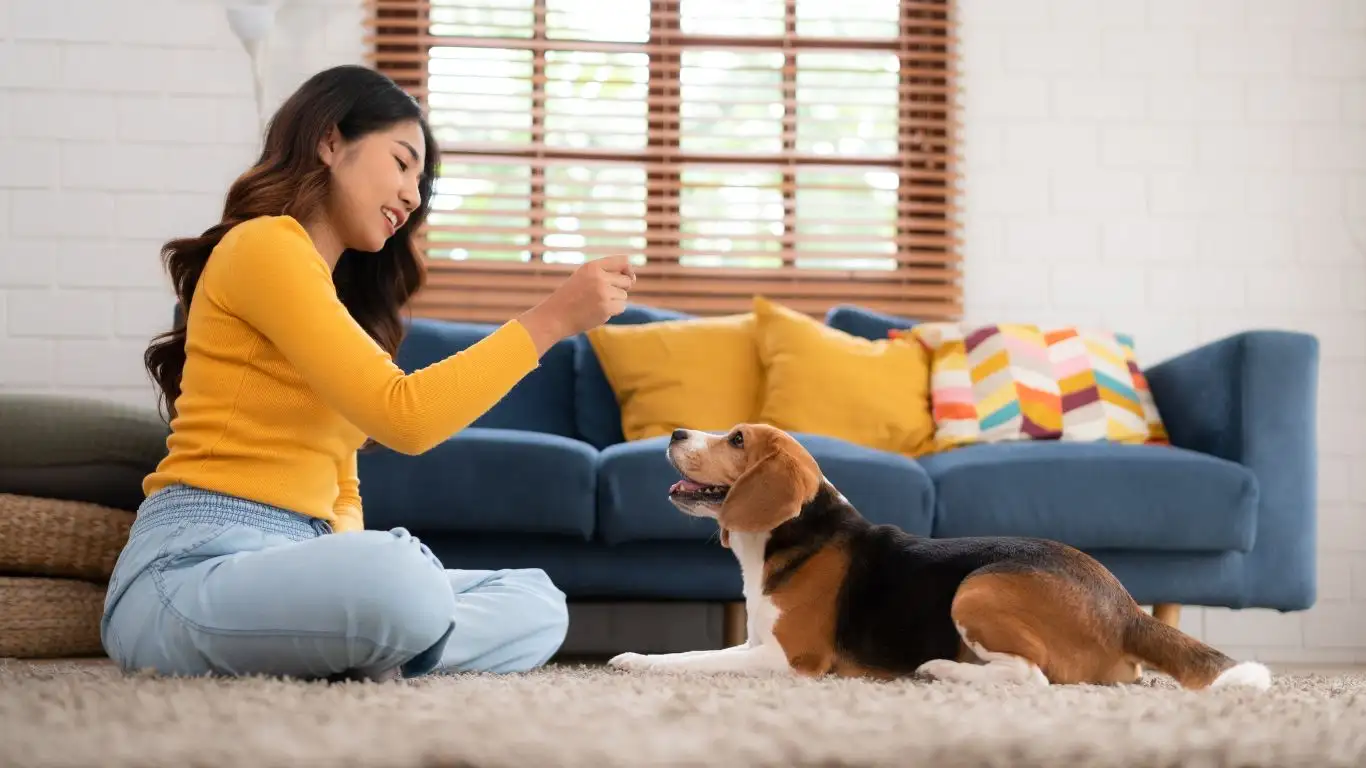
Training is rarely a straight line, and a few common pitfalls can slow progress or make barking worse. From my practical experience, here’s what to watch out for:
1. Yelling or Punishing
I get it, barking can be maddening. But yelling at your dog often makes things worse—it can raise their stress and make them bark even more. Instead, stay calm and use positive redirection. Dogs respond way better to encouragement than to harsh reprimands.
2. Inconsistency in Rules
If one family member allows barking and another doesn’t, your dog will get confused. Consistency is everything. Everyone in the household needs to be on the same page with commands and consequences.
3. Ignoring Underlying Causes
Sometimes barking at the TV isn’t about the TV at all—it could be boredom, anxiety, or medical issues. If your dog’s barking seems excessive or changes suddenly, a vet visit or professional behavior consultation is a smart move.
4. Expecting Overnight Results
Training takes time. Dogs learn at their own pace, and rushing the process can lead to frustration for both of you. Patience paired with consistency will get you where you want to be.
Additional Resources and References
- ASPCA — Great resource for dog behavior and training tips.
- American Veterinary Medical Association — Useful for understanding canine health and behavior.
- Cesar’s Way — Helpful for training advice from a professional perspective.
- Association of Professional Dog Trainers — Connect with certified trainers and find reliable training methods.
Disclaimer
This article is intended for informational purposes only and should not replace professional veterinary advice or training. Every dog is unique, and behavioral issues can sometimes be linked to medical conditions. If you have concerns about your dog’s health or behavior, please consult a licensed veterinarian or certified professional trainer.
